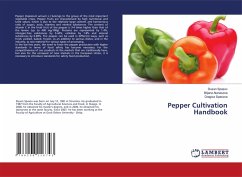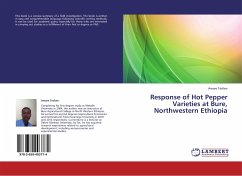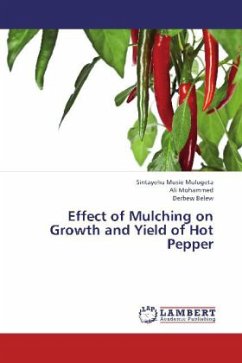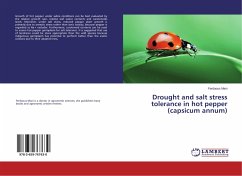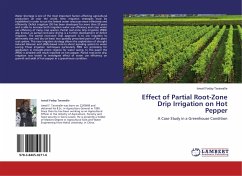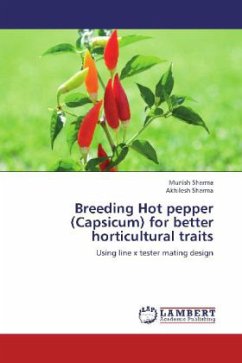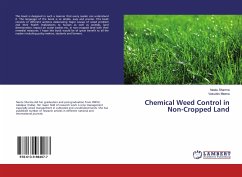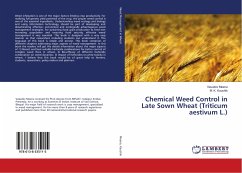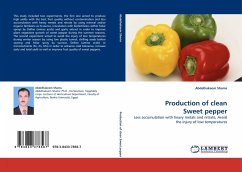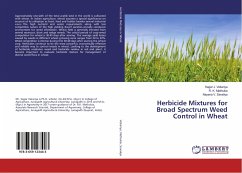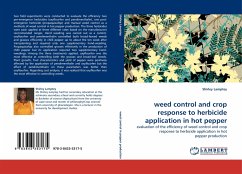
weed control and crop response to herbicide application in hot pepper
evaluation of the efficiency of weed control and crop response to herbicide application in hot pepper production
Versandkostenfrei!
Versandfertig in 6-10 Tagen
39,99 €
inkl. MwSt.

PAYBACK Punkte
20 °P sammeln!
two field experiments were conducted to evaluate the efficiency two pre-emergence herbicides (oxyflourfen and pendimenthalin), one post-emergence herbicide (propaquizafop) and manual weed control as a methods of weed control in hot pepper production. The three herbicides were each applied at three different rates based on the manufacturers recommended ranges. Hand weeding was carried out as a control. oxyflourfen and pendimenthalin controlled both broad-leaved weeds and grasses efficiently in chilli pepper up to about the ten week after transplanting and required only one supplementary hand-we...
two field experiments were conducted to evaluate the efficiency two pre-emergence herbicides (oxyflourfen and pendimenthalin), one post-emergence herbicide (propaquizafop) and manual weed control as a methods of weed control in hot pepper production. The three herbicides were each applied at three different rates based on the manufacturers recommended ranges. Hand weeding was carried out as a control. oxyflourfen and pendimenthalin controlled both broad-leaved weeds and grasses efficiently in chilli pepper up to about the ten week after transplanting and required only one supplementary hand-weeding. Propaquizafop also controlled grasses effectively in the production of chilli pepper but its application required two supplementary hand-weedings. Among the three treatments applied, oxyflourfen was the most effective at controlling both the grasses and broad-leaf weeds. Plant growth, fruit characteristics and yield of pepper were positively affected by the application of pendimenthalin and oxyflourfen but the effect of pendimenthalin on these parameters was better than oxyflourfen. Regarding cost analysis, it was realized that oxyflourfen was the most effective in controlling weeds.



